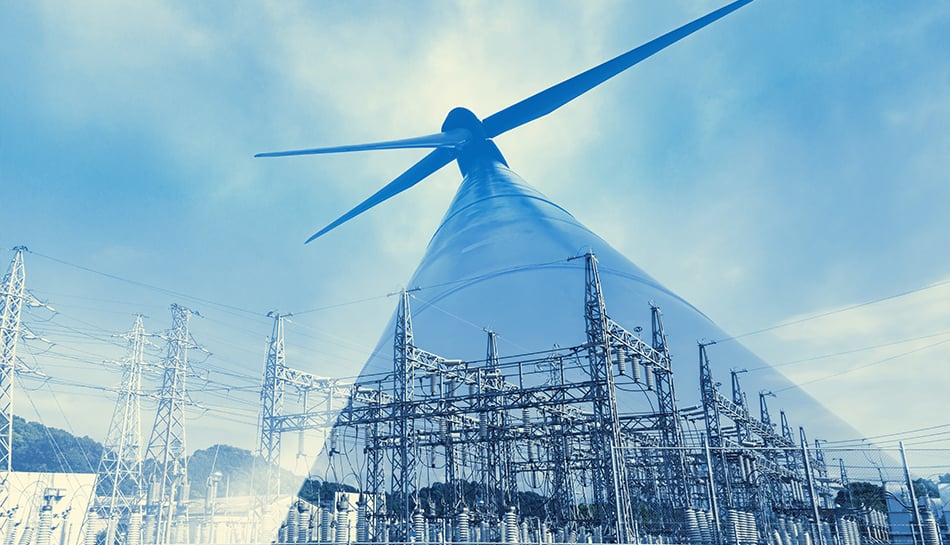The U.S. offshore wind market has the potential for annual production of more than 2,000 gigawatts of capacity, according to the National Renewable Energy Laboratory. That total, equal to 7,200 terawatt-hours (TWh), would nearly double the nation’s current energy use.
The transmission system for this offshore wind generation has yet to be master planned in the U.S., but it must be. Because it will take years, perhaps decades, to build this transmission system, long-term planning is critical. The power industry has already learned this lesson on onshore wind projects, including the Electric Reliability Council of Texas (ERCOT)’s Competitive Renewable Energy Zones (CREZ) projects, Southwest Power Pool (SPP)’s Priority Projects and the Midcontinent Independent System Operator (MISO)’s Multi-Value Project Portfolio.
The value of planning and developing offshore power generation and transmission in concert can also be demonstrated by projects that are being considered elsewhere in more established markets. Consider the North Sea market, where a giant wind farm and related infrastructure (totaling up to 9 GW) is now being proposed, with 4.8 GW to provide power to the U.K. and the balance to generate power for European countries on the eastern side of the North Sea. There are many options for the construction and maintenance of this wind farm being considered and one option is the North Sea Wind Power Hub. Due to the proposed location of the wind farm at Dogger Bank, a relatively shallow sand bank, the construction of synthetic islands in the middle of the North Sea is being considered. These islands would serve as a base of operations for thousands of wind turbines, while also doubling as a hub that would connect to the electricity grids of countries bordering the North Sea. In time, more islands could be added and daisy-chained together with underwater cables, creating a supersized array of wind farms.
Projects of this scope demonstrate the critical nature of planning generation and transmission together. If the U.S. is to realize offshore wind’s potential to help address many of the nation’s long-term energy challenges, it will require multiple state, regional and federal stakeholders to work together to consider and make decisions about how a large-scale generation and transmission system would be built.
In short, the U.S. needs an offshore wind transmission master plan. In creating one, stakeholders should address many critical questions, especially the following.





